GSHP (Geothermal) and tree roots?
DavidR
13 years ago
Related Stories

VACATION HOMESHouzz Tour: Moss-Covered Lakeside Cottage Now a Modern Marvel
A 1949 Michigan weekend cottage with a sunken roof gets a makeover that stays true to the house's humble roots
Full Story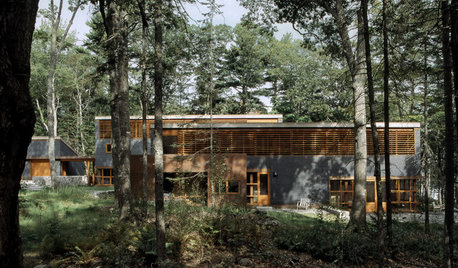
ARCHITECTURE'Houses of Maine' Puts Modernism in Its Place — in Nature
Set in the meadows and woods of Maine, the homes in this book give modern architecture a natural context
Full Story
GREEN BUILDINGGoing Solar at Home: Solar Panel Basics
Save money on electricity and reduce your carbon footprint by installing photovoltaic panels. This guide will help you get started
Full Story
FUN HOUZZHouzz Call: Tell Us About Your Dream House
Let your home fantasy loose — the sky's the limit, and we want to hear all about it
Full Story
LIFE6 Ways to Cool Off Without Air Conditioning
These methods can reduce temperatures in the home and save on energy bills
Full Story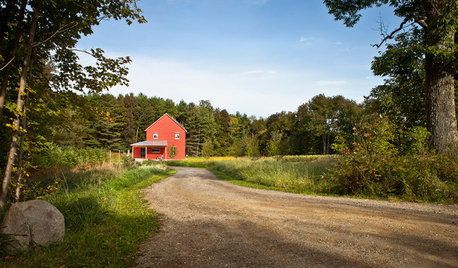
THE ART OF ARCHITECTUREFinding the Perfect Home for a New House
Sun, soil, water, topography and more offer important cues to siting your house on the land
Full Story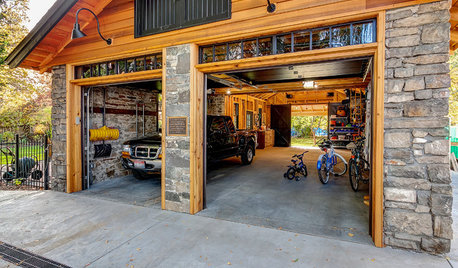
GARAGESA Historic Garage Expands for Storage and Parties
This couple worked with an architect, a builder and a stonemason to double the size of their historic Boise, Idaho, garage
Full Story
HOUSEKEEPING5 Steps to Improve Your Heating System Now
Increase your heater's efficiency and safety for lower energy bills and greater peace of mind this winter
Full Story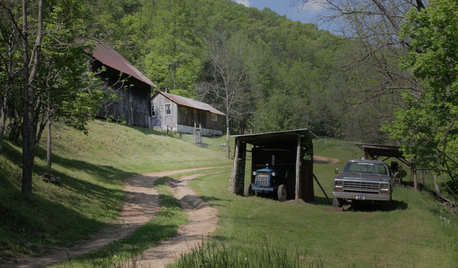
TASTEMAKERSNew Series to Give a Glimpse of Life ‘Unplugged’
See what happens when city dwellers relocate to off-the-grid homes in a new show premiering July 29. Tell us: Could you pack up urban life?
Full Story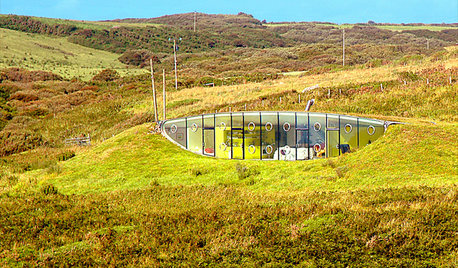
ARCHITECTURE6 Amazing Homes Dug Into the Earth
Designed to disappear or with portions peeking out, these houses bring a new meaning to 'communing with nature'
Full StoryMore Discussions






juliekcmo
countryboymo
Related Professionals
Chanhassen Solar Energy Systems · Dana Point Solar Energy Systems · Mokena Solar Energy Systems · Muscatine Solar Energy Systems · Prunedale Solar Energy Systems · Ramsey Solar Energy Systems · Enterprise Home Automation & Home Media · Ferndale Home Automation & Home Media · Norwalk Home Automation & Home Media · Tarpon Springs Home Automation & Home Media · Waterford Home Automation & Home Media · Grand Haven Home Automation & Home Media · Evans Fireplaces · Norton Fireplaces · Winthrop FireplacesDavidROriginal Author
fsq4cw
alan_s_thefirst
funnycide